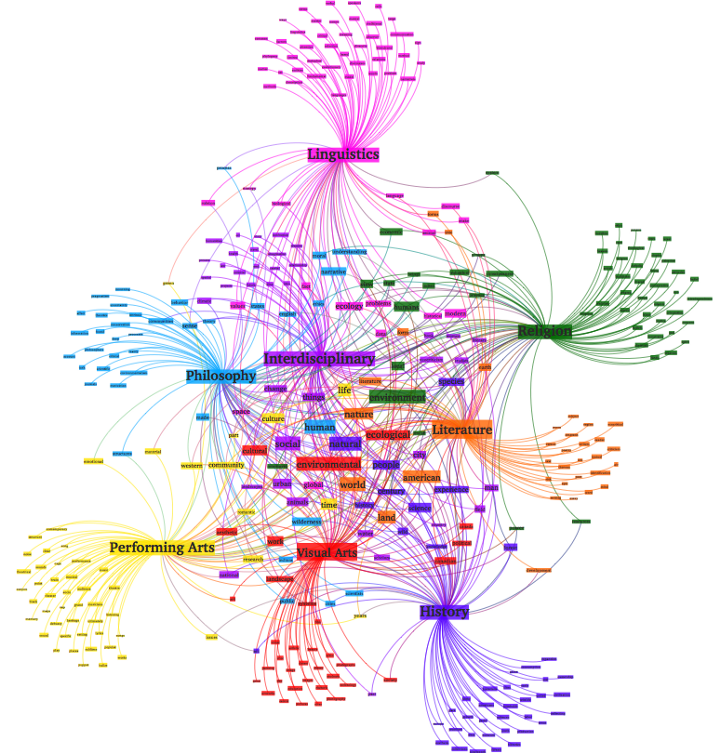Topic Modeling with LSA, PLSA, LDA & lda2Vec
We will explore topic modeling through 4 of the most popular techniques today: LSA, pLSA, LDA, and the newer, deep learning-based lda2vec.
We will explore topic modeling through 4 of the most popular techniques today: LSA, pLSA, LDA, and the newer, deep learning-based lda2vec.

semantic segmentation is one of the key problems in the field of computer vision. This article is a comprehensive overview including a step-by-step guide to implement a deep learning image segmentation model.

The problem requires us to create a pipeline that will convert OCR outputs of different kinds of documents to a key-value like structure where keys are all the important fields one might need from, for example, an invoice like - invoice number, name of vendor ...

Automated information extraction is making business processes faster and more efficient. Graph Convolutional Networks can extract fields and values from visually rich documents better than traditional deep learning approaches like NER.

This article is a comprehensive review of Data Augmentation techniques for Deep Learning, specific to images.

Submeter reading has been traditionally a manual task. However, it can be easily automated using Deep Learning. It saves time, money and man hours.

In this tutorial, we dive into the fundamentals of Optical Flow, look at some of its applications and implement its two main variants (sparse and dense). We also briefly discuss more recent approaches using deep learning and promising future directions.

Human Pose Estimation is one of the long standing problems of computer vision which has made remarkable progress in the last few years. This post explains the basics of Human Pose Estimation (2D) and reviews the literature on this topic.

This post demonstrates how you can do object detection using a Raspberry Pi. Like cars on a road, oranges in a fridge, signatures in a document and teslas in space.
